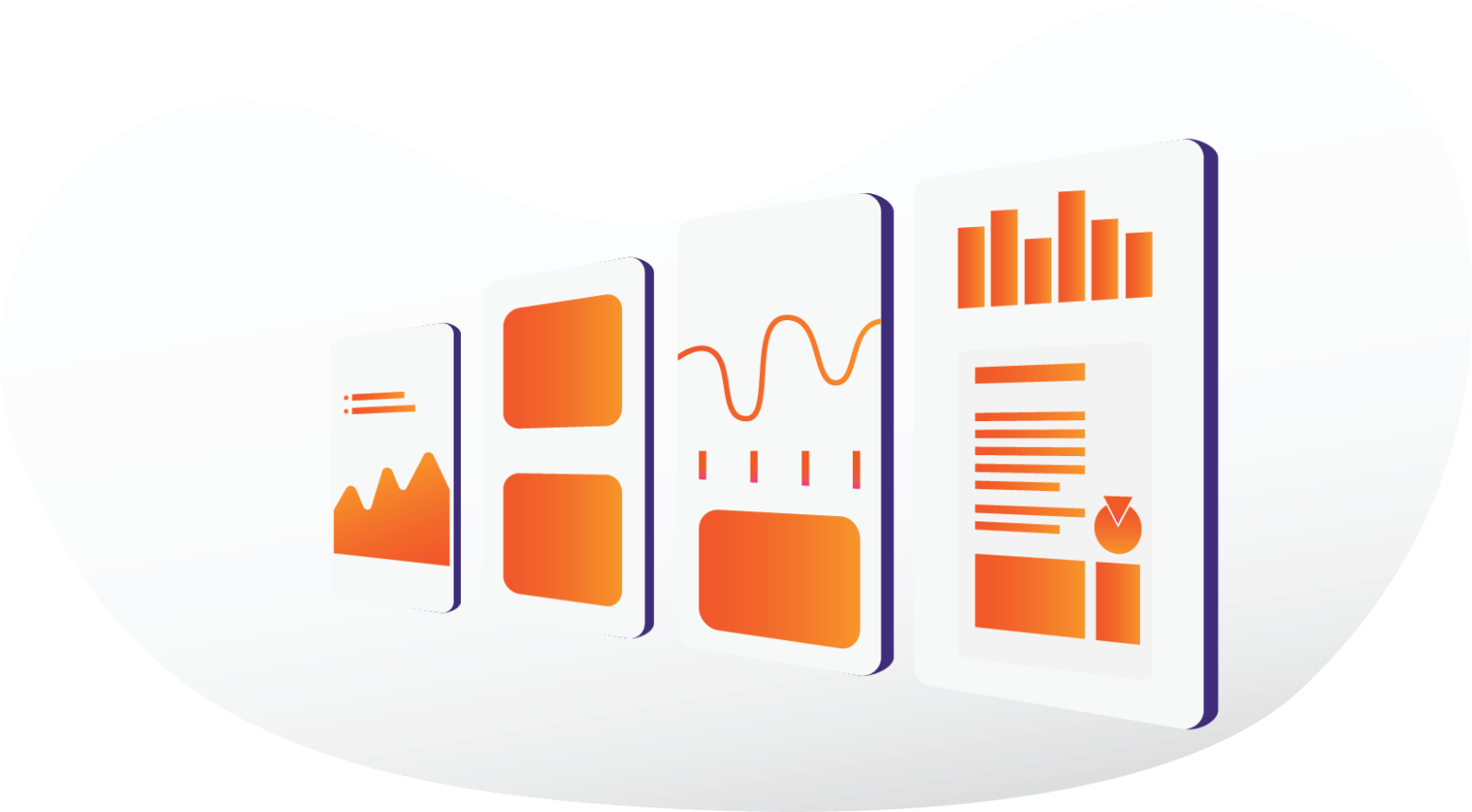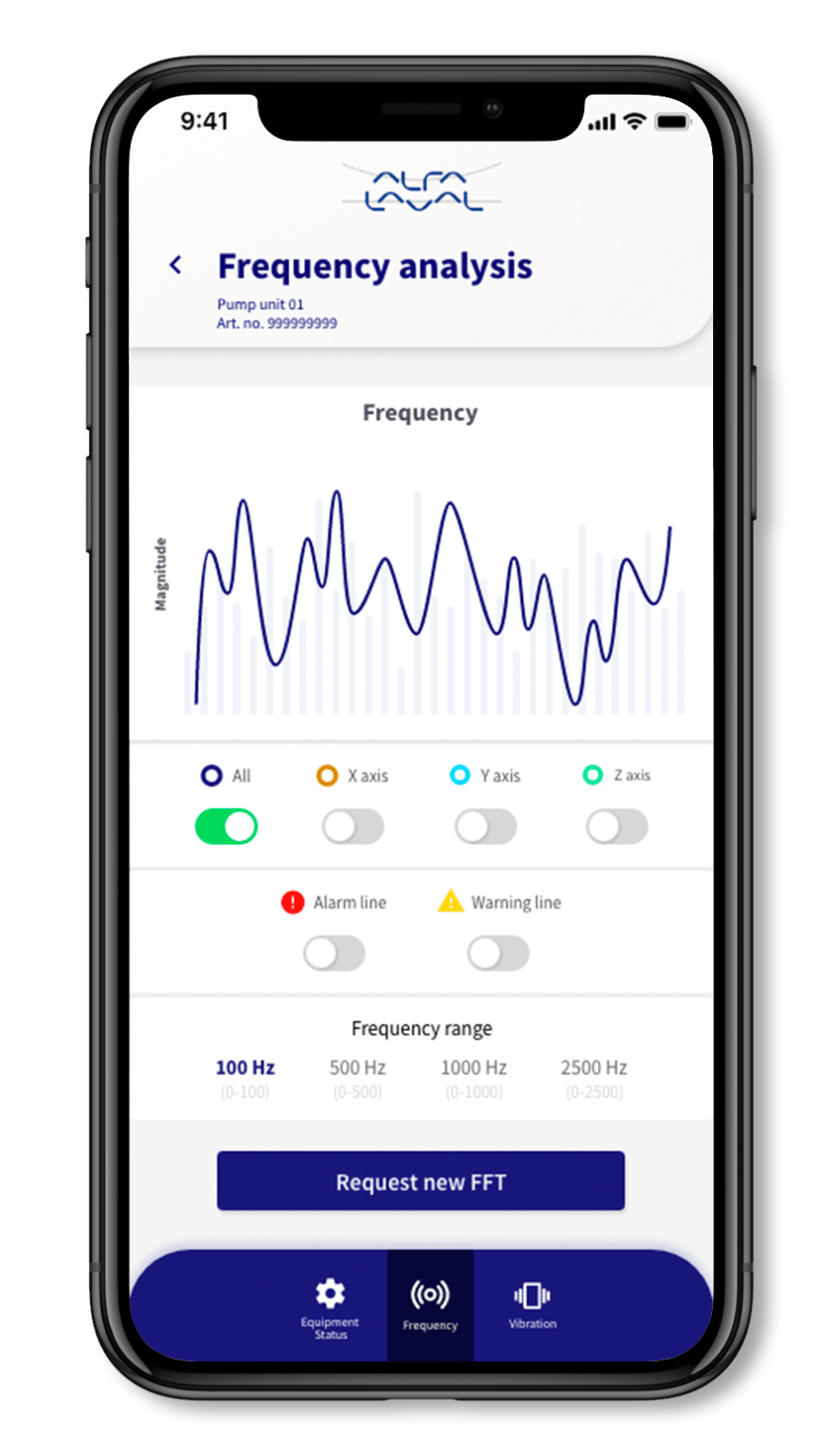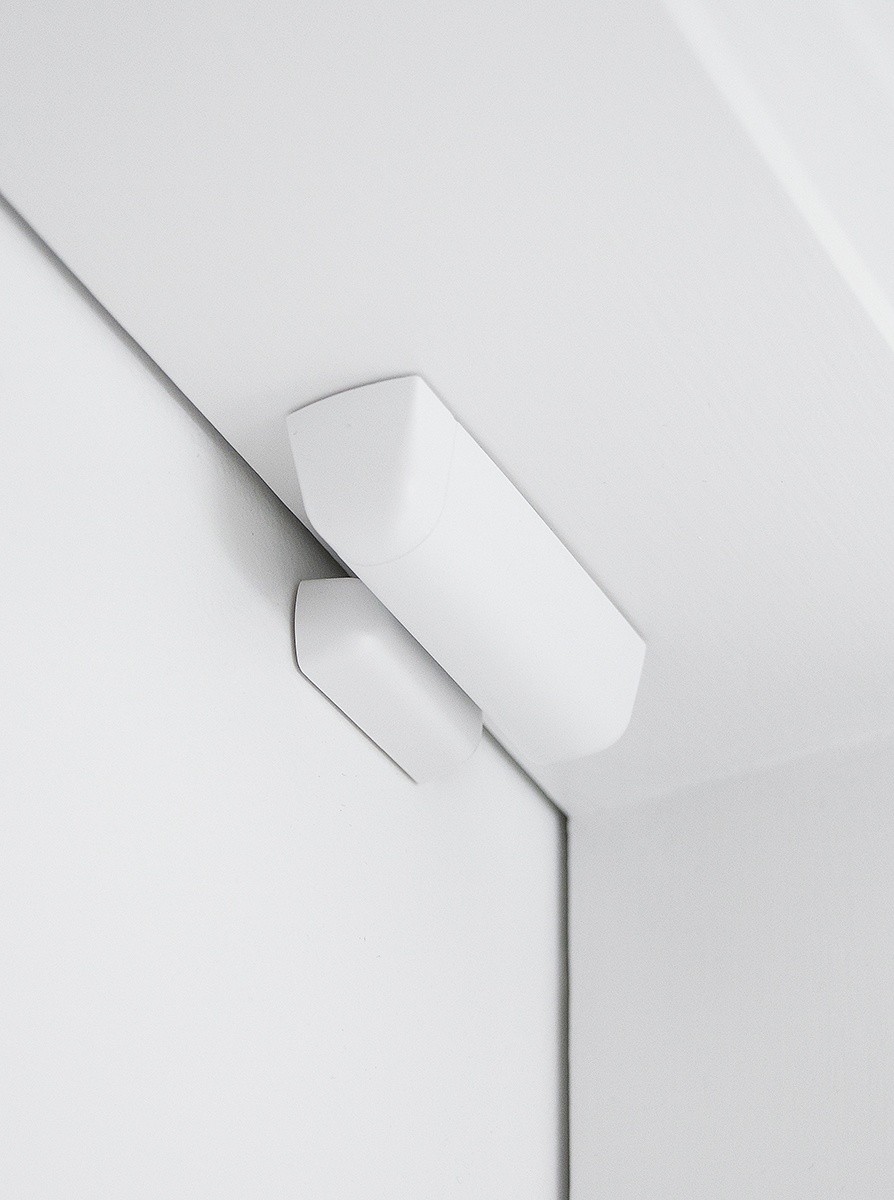IoT use cases
The Internet of Things (IoT) has revolutionized the way businesses and organizations function and evolve. The applications of IoT are many, but it can be easy to lose track of the data.

With the constant evolution of technology and the increasing amount of data from connected devices, the potential for the application of the Internet of Things (IoT) in businesses continues to grow. Therefore, we will take a closer look at some of the most interesting applications of IoT in businesses and organizations.
Optimized customer advice and service through IoT.
The Internet of Things (IoT) has opened up a wide range of possibilities, particularly within customer advice and service. IoT devices can collect data on how their users interact with them and send this data back to the companies. This enables companies to offer personalized advice based on the user's preferences and needs. An IoT implementation also gives companies access to real-time data on how their products are being used and what can potentially be improved.
A great example of this is Bramidan, a company that has implemented an intelligent IoT platform in their waste compactors. Bramidans solution allows them to collect and analyze data from their compactors, thus improving their customer advice and service. Bramidan's IoT platform provides the company with important information about the operation and performance of the compactors, such as fill level, operating time, and any faults.
By collecting and analyzing this data, Bramidan can provide their customers with tailored recommendations and advice on how to best optimize their waste management. This includes identifying the ideal emptying frequency for the compactors so that customers can reduce operating costs while minimizing their environmental impact.
In addition, Bramidan can use this insight into usage data to identify any issues with the compactors faster and proactively provide support to customers before the problems escalate. This results in a better customer experience and increased customer satisfaction.

Operational reliability and predictive maintenance with IoT
IoT devices, such as sensors and other data collection devices, can be installed on equipment and machines to measure their health and performance. This data can be analysed to identify potential failures and predict breakdowns. By acting on this data, businesses and organisations can make repairs or replace equipment before it breaks, which can reduce downtime and increase operational reliability.
A company that has had success in implementing IoT for predictive maintenance is Alfa Laval. In collaboration with Iterator IT, Alfa Laval has developed an IoT solution, that helps them monitor and predict potential issues in their machines. IoT sensors are installed on Alfa Laval's machines and can monitor the condition of the machines via frequency measurements. This means that the operating staff can visualize this data on an app and predict when the machines need maintenance, thereby avoiding downtime in production.
You can read more about what predictive maintenance is, how it works, what benefits you can expect to gain, and how it can be implemented in production in our blog post here: What is predictive maintenance?

Energy optimization with IoT
One of the most promising applications for the Internet of Things (IoT) in businesses is energy optimization. By utilizing IoT devices such as smart thermostats and power consumption meters, companies can gain better control over their energy consumption and identify areas where energy and resources can be saved - both in office buildings and in production.
IoT devices continuously collect data on how and where energy is being used in the company. This data is sent back to the companies, which can then analyze it and find ways to improve their energy efficiency. By having access to detailed information on energy consumption, companies can make data-driven decisions and optimize their processes to minimize energy waste and costs.
In addition to collecting data, IoT devices can also contribute to automating parts of energy consumption. Based on the collected data, companies can use software to automatically control and adjust energy consumption. An example of this is the use of smart thermostats, which can monitor the temperature in a room and adjust it as needed. The software can automatically change the temperature to ensure that it is always within the optimal range, which not only improves energy efficiency but also creates a better working environment for employees.
Another benefit of energy optimization through IoT is the ability to identify and address any inefficient or faulty equipment. By analyzing energy data, companies can quickly detect if any equipment is using more energy than necessary and take the necessary steps to solve the problem.
More sustainable practices with IoT.
IoT technology can play an important role in helping companies become more sustainable. Through improved data collection and automation of processes, IoT can help optimize resource consumption, reduce waste, and minimize environmental impact. A concrete example of this is the IoT solution, IoT Cleaning, which has helped optimize the cleaning processes and increase sustainability in the cleaning industry.
IoT Cleaning uses sensors and IoT devices to monitor and manage cleaning and maintenance tasks in buildings. The system collects data on where and when cleaning is needed, and sends this information to a central platform. This allows companies to adapt and plan cleaning and maintenance tasks more efficiently and only carry them out when necessary.
By implementing this solution, companies can achieve a range of sustainability benefits. Firstly, they can reduce their resource consumption, as cleaning staff and maintenance teams only need to be deployed when there is a real need. This reduces waste of time, energy, and cleaning products and minimizes unnecessary trips, which also reduces CO2 emissions.
Bramidan's IoT solution has also ensured a greener profile for both Bramidan and their customers. Their IoT solution provides insight into usage data and the fill level of their machines, so they are only emptied when actually filled. This saves Bramidan's customers time, money, and unnecessary environmental impact.

New business models with IoT
The IoT technology enables companies to create new business models that are more tailored and flexible to meet the needs of their customers. One of the most popular new business models with IoT is subscription-based services, where customers pay for access to products or services instead of owning them. This can provide companies with a more stable and predictable revenue stream, as they receive regular payments from their subscribers. Conversely, it can also be a more attractive solution for customers to access the product through a subscription, as they do not need to own the device.
An example of such a subscription-based service could be a company that offers an IoT device for measuring and analyzing home energy consumption. Customers can subscribe to this service and gain access to the data collected by the device and receive advice on how to reduce their energy consumption and bills.